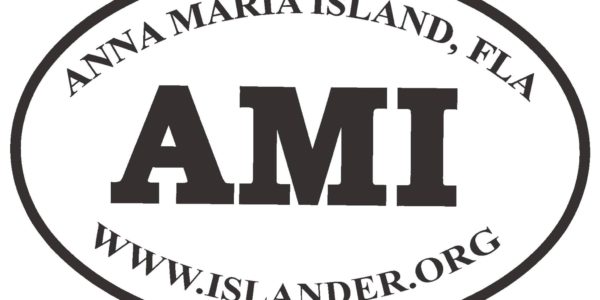Scanning the surface of Sarasota Bay, people see dolphins, pelicans and pleasure boaters.
Those who go below the surface and dive into the research, find the hazards to dolphins, other marine life, human life and bay life.
The Sarasota Bay Estuary Program earlier this summer published a draft document examining the status of Sarasota Bay and listing actions to protect and preserve the local waters.
A goal is to improve water quality, as well as the quantity and distribution of freshwater flow in the estuary.
You might be aware of the causes of damage, or at least some of them:
- Excess nutrients;
- Harmful algal blooms;
- High bacteria levels;
- Low dissolved oxygen concentrations;
- Increased sediment loads from excess runoff;
- Toxins;
- Microplastics;
- Alteration of natural hydrology.
The list goes on but I can narrow it to a single threat: humans. About the only blame we don’t need to shoulder is fecal waste from wildlife.
We’re responsible for wastewater, pet waste and fertilizer runoff that contributes to excess nutrients.
We’re responsible for the microplastics emerging as a pollution of concern, the spasms and bursts of development that altered freshwater flow and we must answer for the climate change causing rising seas and fluctuating precipitation patterns.
We’re responsible for broken infrastructure, population growth and emissions.
We focus a lot on nutrient pollution in watersheds and bays but don’t just look to power plants or Piney Point. Airborne nitrogen compounds — nitrogen oxides and ammonia — are a significant source of nutrient pollution, deposited directly in the bay by stormwater or groundwater but also as gas and dust and rainwater.
Mobile sources of nitrogen oxides — cars, boats and yard equipment — create emissions close to the ground, contributing four times more nitrogen deposition to the local watershed than regional power plants releasing nitrogen from stacks. According to the SBEP report, CO2 emissions in the Sarasota-Bradenton metro area are up 61% since 1990.
SBEP’s plan details the destruction and damage to the bay but also notes progress in recovery and charts corrective actions.
The action plan includes:
- Supporting monitoring of water quality;
- Strategizing to surpass water quality standards;
- Improving hydrology for more natural flows;
- Reducing pollutants from stormwaters and wastewaters;
- Reducing atmospheric nitrogen deposition;’
- Supporting measures to better understand, monitor and reduce harmful algal blooms.
As of July 8, more than 80 projects were planned to improve water quality in the Greater Sarasota Bay Estuarine System.
Manatee County was working with the Southwest Florida Water Management District to use federal RESTORE ACT funds to develop watershed management plans and SBEP was advocating for small, green infrastructure practices to reduce polluted stormwater and wastewater from reaching the bay.
Such practices include better managing rainfall, one of our most abundant natural resources, by planting and preserving canopy trees to intercept rain before it hits the ground, connecting rain barrels and cisterns, creating rain gardens to allow rainfall to evaporate or percolate into the ground and establishing stormwater parks.
The objectives and ideas outlined in SBEP’s plan motivates.
We’re responsible for damage in the bay.
And we’re also responsible for the recovery.
On the web
The Sarasota Bay Estuary Program’s 208-page comprehensive conservation and management plan can be downloaded at sarasotabay.org.
